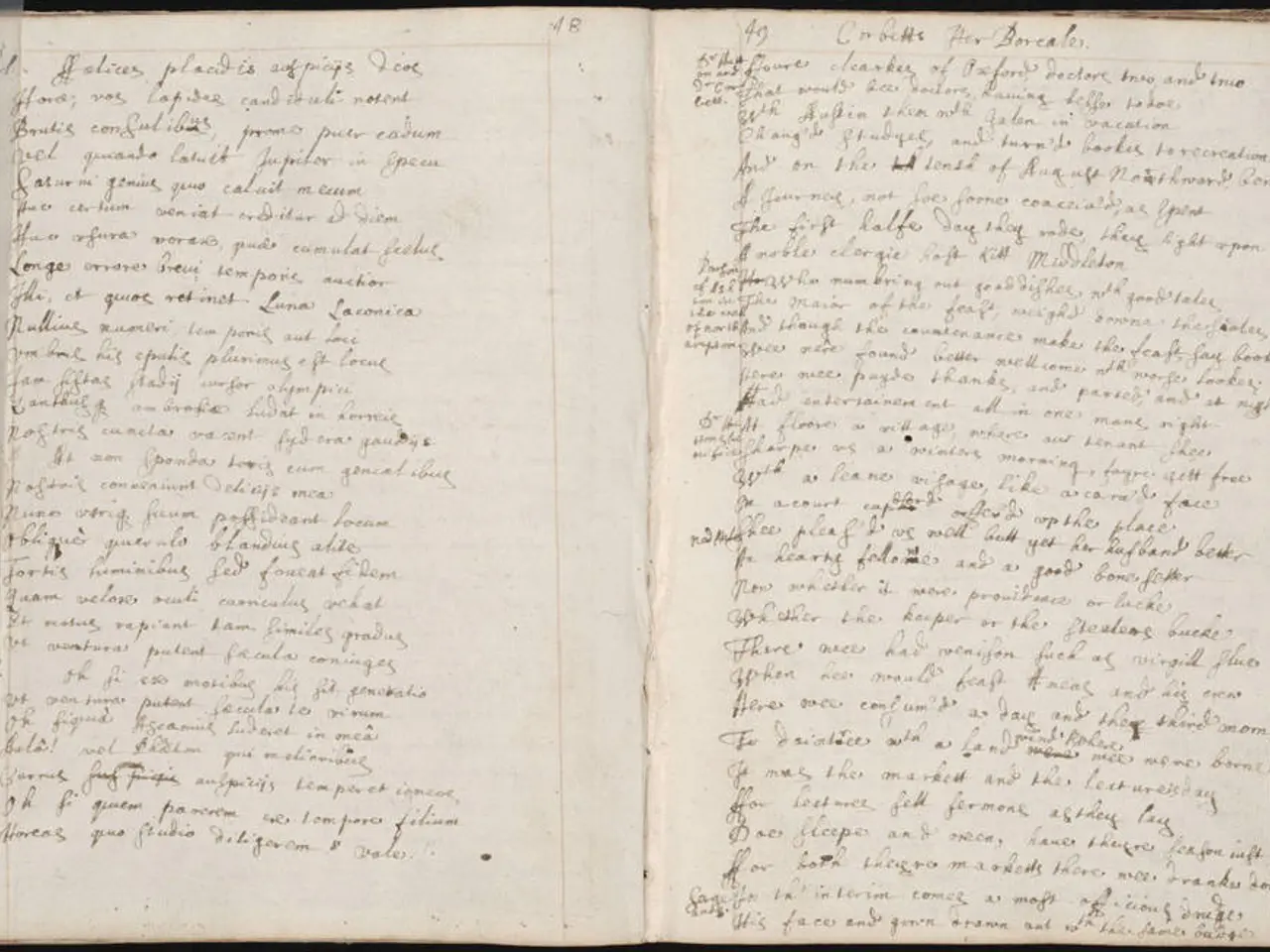Exploring Poetic Traditions and Devices
Unraveling the Mechanics of Poetry
Poetry, a captivating form of creative writing, has been an essential part of human culture for centuries. From ancient storytelling to the intricate stanzas of the Renaissance, poets have employed a variety of poetic traditions and forms. One of the most enduring metrical patterns in English and European poetry is iambic pentameter, a rhythm that lends a natural flow to the words.
Different Poetic Traditions Used by Poets
Poetry's rich history is marked by several distinct traditions. One of the earliest forms is Epic Poetry, with Homer's Iliad and Odyssey as prime examples. These lengthy narratives were originally oral and highly formulaic, built by cumulative verses and repeated phrases. Although they used dactylic hexameter in Greek, they inspired countless epic traditions in other languages.
During the medieval period and Renaissance, poets designed more structured stanza forms, often based on lines of iambic pentameter. Medieval and Renaissance Fixed Forms include rhyme royal, ballad stanzas, and the Spenserian stanza. The Spenserian stanza, invented by Edmund Spenser, augments traditional forms with nine lines of iambic pentameter and an alexandrine line, arranged in the rhyme scheme ABABBCBCC.
The Heroic Couplet and other English forms also emerged during this period. Consisting of pairs of rhymed lines in iambic pentameter, these verses were commonly used for narrative verse, epigrams, satire, and essays. Other forms include blank verse (unrhymed iambic pentameter), sonnets, and Italian ottava rima, which influenced many Renaissance poets, including Spenser.
Use of Iambic Pentameter in These Traditions
Iambic pentameter consists of five metrical feet per line, each foot being an iamb (an unstressed syllable followed by a stressed one). This rhythm provides a natural flow similar to English speech patterns and is flexible enough for both narrative and lyrical expression.
In Spenserian stanzas, the eight iambic pentameter lines maintain a rhythm that lends flow and musicality, capped by an alexandrine line which provides a stately conclusion or emphasis. In heroic couplets, pairs of iambic pentameter lines rhyme and form self-contained units or build narrative momentum through couplets. The blank verse uses iambic pentameter without rhyme, accommodating dramatic or narrative speech. Sonnets employ iambic pentameter to deliver tightly controlled, lyrical arguments or meditations within a fixed form.
Poetic Devices in Poetry
In addition to meter and rhyme, poets use various literary devices to create unique effects in their work. Metaphors compare things by saying something is something else, such as "a poem is a blooming flower." Similes compare two things using the words "like" or "as," like "a poem is like a beautiful painting." Other devices include irony, puns, analogies, and oxymorons.
In some cases, the literary device may be implicit, like in Robert Frost's "The Road Not Taken," where the roads symbolize choices in life. Symbolism in poetry is when one thing represents another.
Poets have not always strictly adhered to iambic pentameter in their works. Shakespeare, for instance, did not write his entire plays in iambic pentameter. However, he often used it for important scenes and for important characters, particularly for speeches of heroes and critical turning points.
For those interested in learning more about these poetic traditions and devices, further information can be found in the following pages.
Incorporating iambic pentameter into various poetic traditions, poets have created diverse works that reflect different aspects of life. For instance, the Spenserian stanza, with its nine lines, blends lyrical beauty and narrative power, echoing the rhythm of an individual's journey through life's fashion-and-beauty, food-and-drink, travel experiences, and lifestyle choices. On the other hand, heroic couplets, with their pairing of iambic pentameter lines, can craft witty and incisive arguments or commentaries on fashion-and-beauty trends, food-and-drink exploits, travel anecdotes, and personal lifestyles. Therefore, iambic pentameter serves not only as a vessel for expressing profound emotions but also for capturing everyday observations and nuances, weaving them into the rich tapestry of human culture.








